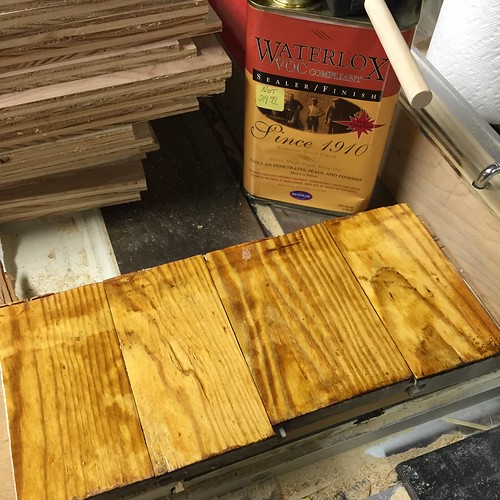In fun news, we're considering our many options on how we want to refinish our antique heart pine floors!
However, this is not an easy decision, and not one to be taken lightly. We're fortunate in our new home to have beautiful 110 year "random width" heart pine throughout all three floors. Best of all, it's all in relatively good shape (save for a few bad patches, face screwing, and majorly in need of refinishing).
We were originally told the floor was likely antique southern yellow pine, but a more recent assessment from a vintage reclaimed lumber expert believes it's flat sawn clear heart pine...and we think he's probably exactly right.
We've been debating the best approach and look we'd like to achieve since we purchased the house, and the debate sometimes feels endless. We want it to look less formal, more coastal, and more authentic to the house. Right now it's a darker brown stain with polyurethane. This masks a lot of the original richness of the wood and its natural color, and it makes the whole house feel less relaxed.
There are also a handful of places where the soft wood has splintered and lost its finish, resulting in more than usual color variation.
During the HVAC process I had to cut away a section of the floor for an air return duct, and while doing this I was able to collect several pieces of the original floor that had never been sanded or stained. Rather than continually guessing what it might look like to finish the floor with tung oil, I figured we should actually test it out.
I sanded down the four pieces of excess starting with 60 grit and working up to a 150 grit sandpaper.
Just look at the difference a little sandpaper can make.
Then I started applying the Waterlox with a foam brush.
In order to get a sense of the progression, I applied one coat over all pieces, then a second coat to three pieces, and a third coat to two pieces, etc.
The end result is a pretty clear indication of both what our flooring will look like finished with just tung oil, and what each successive coat of the Waterlox will is able to do to bring out the luster of the wood.
The left piece has one coat and the right has four. Without a doubt three or four coats is a must with this finish.
Laying the sample pieces on our current floor shows just how significant of a difference we're looking at.
We think the natural color with traditional formula is going to look great! The Waterlox will truly bring out the beautiful color of the wood and achieves what we're going for in the beach feel and more relaxed look. Best of all, it's historically accurate.
We'll definitely see more of the imperfections in the floor with the Waterlox, and we'll also need to fix the bad patches in various places, but the payoff will be a great looking floor that breathes new life into the house. The really cool thing about Waterlox, it's easier to care for, maintain, and even correct minor issues than you can with stain and poly. After seeing what Lulu's nails have done to our floors in Old Town, we want something that is a little more maintainable.
So what do you think? Have you ever used Waterlox or another tung oil product to finish a wood floor? Would love to hear your experiences if you have.

![]()
![]()